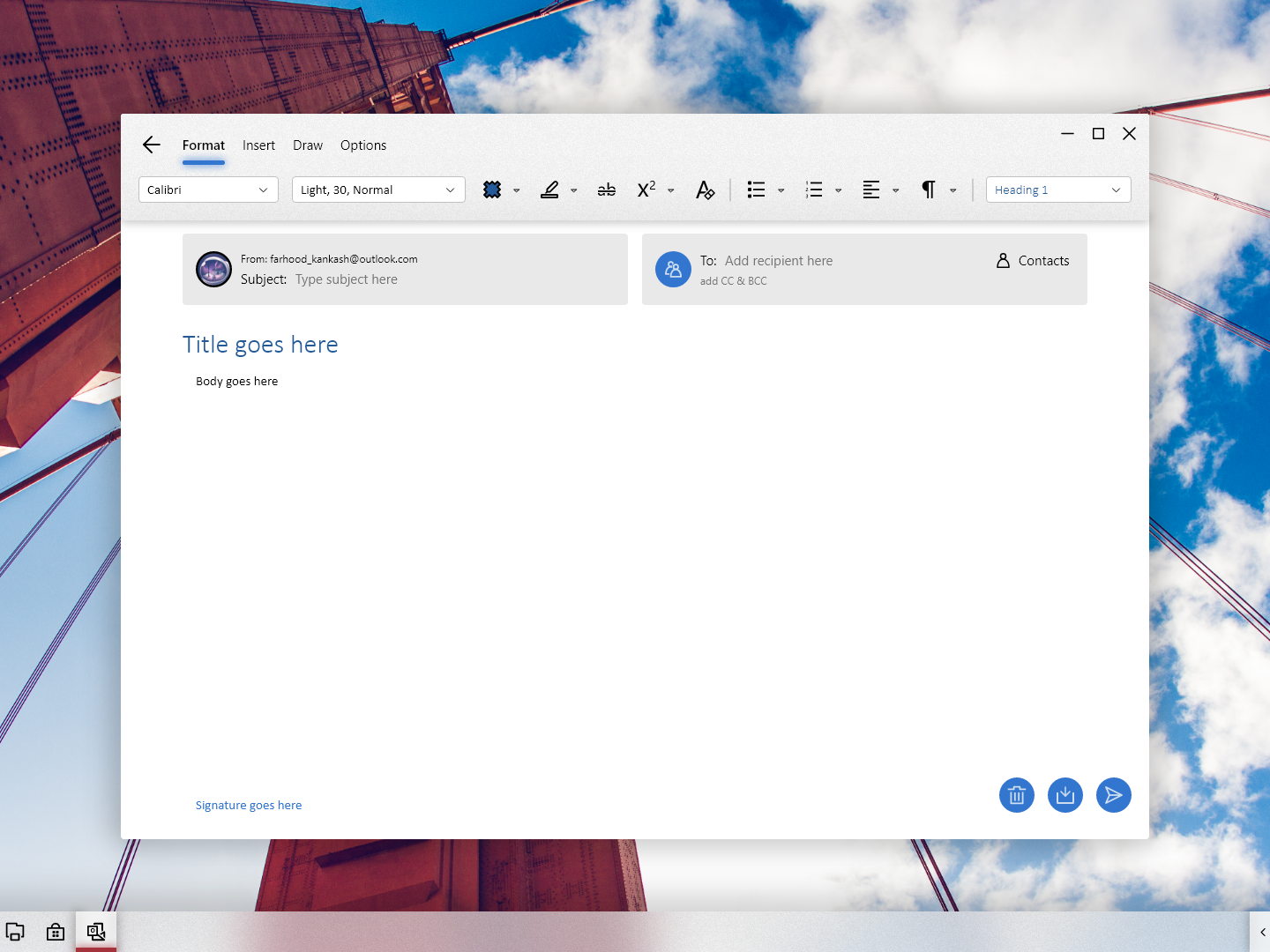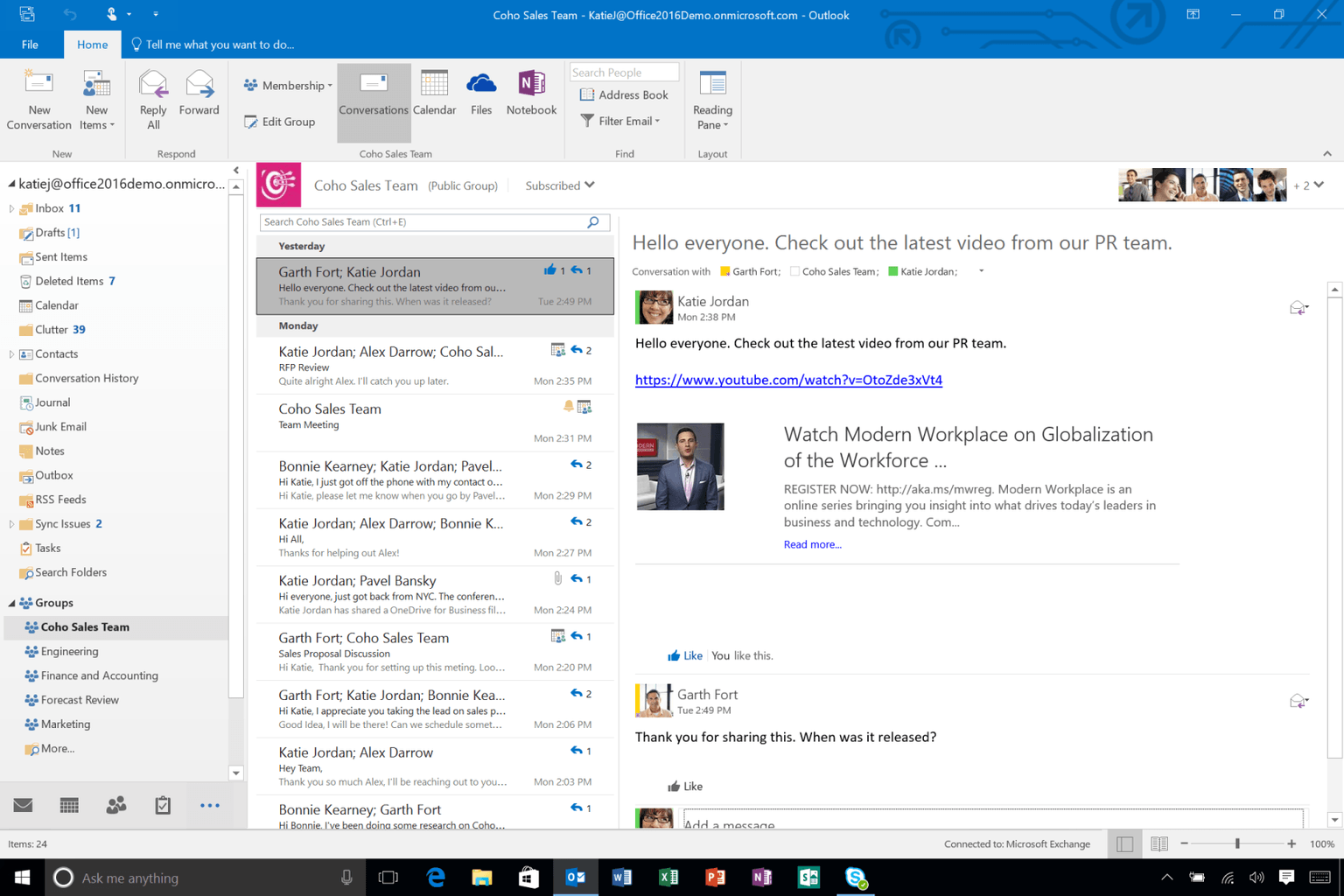
#Mail designer pro 3 outlook free
With a free email account you can only change the part of your email before the sign, meaning you may have to compromise on your name due to limited availability.
#Mail designer pro 3 outlook professional
When you create new messages, they will automatically use the stationery or theme that you chose.Creating a professional email address can help you craft an online presence that inspires a credible and trustworthy first impression of you and your company. If you want your font to appear in a different color each time you reply to or forward a message, select the Pick a new color when replying or forwarding check box.


If you want comments that you type in message replies to be labeled with your name, select the Mark my comments with check box and type a label, such as your name. Select the font options that you want to use. Under Choose a theme, click the theme or stationery that you want, and then click OK. On the Personal Stationery tab, click Theme. In the Compose in this message format list, click HTML. Apply Outlook stationery and themes to all messagesįrom the main Outlook window, on the Tools menu, click Options, and then click the Mail Format tab. On the Tools menu, click Options, and then click the Mail Format tab. Note: These procedures work only if you use HTML as your message format. Remove or change backgrounds and stationery on replies and forwards If the Internet-bound message is a task or meeting request, Outlook automatically converts it to Internet Calendar format, a common format for Internet calendar items, so that other email applications can support it. Outlook also automatically formats meeting and task requests and messages with voting buttons so that these items can be sent intact across the Internet to other Outlook users, regardless of the default format of the message. Outlook automatically converts RTF-formatted messages to HTML by default when you send them to an Internet recipient, so that the message formatting is maintained and attachments are received. RTF supports text formatting, including bullets, alignment, and linked objects. You can use RTF when sending messages within an organization that uses Microsoft Exchange however, we recommend that you use the HTML format. Remove or change stationery and color backgrounds on replies and forwards Outlook automatically converts RTF formatted messages to HTML by default when you send them to an Internet recipient, so that the message formatting is maintained and attachments are received. Microsoft Exchange Client versions 5.0 and 4.0

Outlook Rich Text format (RTF) This is a Microsoft format that only the following email applications support: It also doesn't support pictures that are displayed directly in the message body, although you can include the pictures as attachments. Plain text doesn't support bold, italic, colored fonts, or other text formatting. You can set Outlook to open messages that you receive in plain text format only.

Plain text This is a format that all email applications support. So when you use HTML, you know that what you send is what the recipient will see. By default, when you select either of the options that allow formatting ( HTML or Rich Text), the message is sent in HTML format. It is also the best format to use when you want to create messages that are similar to traditional documents, with various fonts, colors, and bullet lists. HTML This is the default message format in Outlook. Microsoft Outlook supports three message formats:


 0 kommentar(er)
0 kommentar(er)
